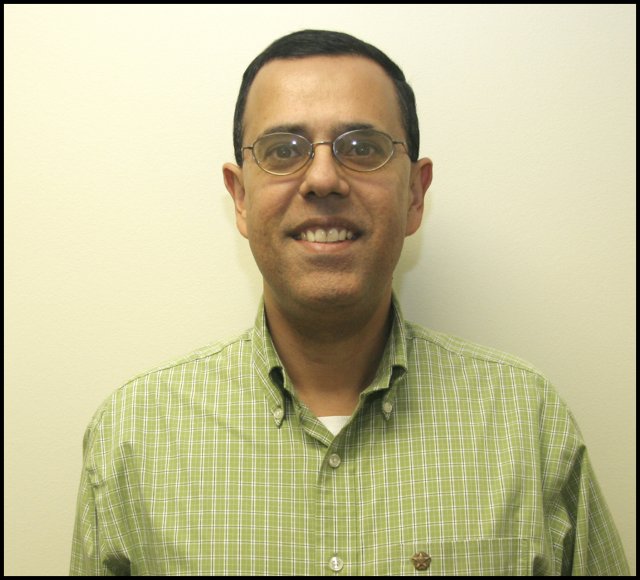Meet EPA Researcher Shaibal Mukerjee, M.S., Ph.D.

What research are you working on right now?
Along with my colleagues, I have been involved in measuring air pollutants using low-cost passive air samplers to assess environmental impact at monitoring locations in communities and elsewhere. When the air samplers are deployed in a network of sites in a study area, the data can be used in statistical-based models for predicting pollutants at locations in the vicinity where no monitoring exists as well as for understanding the sources of these pollutants.
Tell us about your background.
My graduate degrees are in environmental science.
When did you first know you wanted to be a scientist?
My father worked in EPA’s Office of Research and Development too. He and his associates in academia and EPA suggested pursuing this area of research after my undergraduate education.
What do you like most about your research?
Discovering something interesting in terms of source/pollutant impact from analysis of air monitoring data and then publishing these results in reports or peer-reviewed literature that can be of use by localities, states, and the Agency.
How does your science matter?
The over 70 cleared publications I have co-authored at EPA have been used to meet task objectives under the Air-Energy Research Program and its predecessors.
If you weren’t a scientist, what would you be doing?
Probably doing environmental research in academia or other government organizations.
What advice would you give a student interested in a career in science?
Environmental research at EPA can help answer regulatory and public health questions that can be of benefit to the nation and international environmental organizations.
What do you think is our biggest scientific challenge in the next 20/50/100 years?
It has been suggested that the COVID-19 pandemic may due to the destruction of habitat and further human infiltration into the Earth’s ecosystems. Our efforts to reduce environmental degradation like deforestation, urban sprawl, and climate change will likely face future hurdles. There will be a continued need to conduct cost-effective environmental studies to address policies that limit adverse anthropogenic impacts since human activities will likely further degrade the biosphere and have consequences for human health and welfare.
Editor's Note: The opinions expressed herein are those of the researcher alone. EPA does not endorse the opinions or positions expressed.
